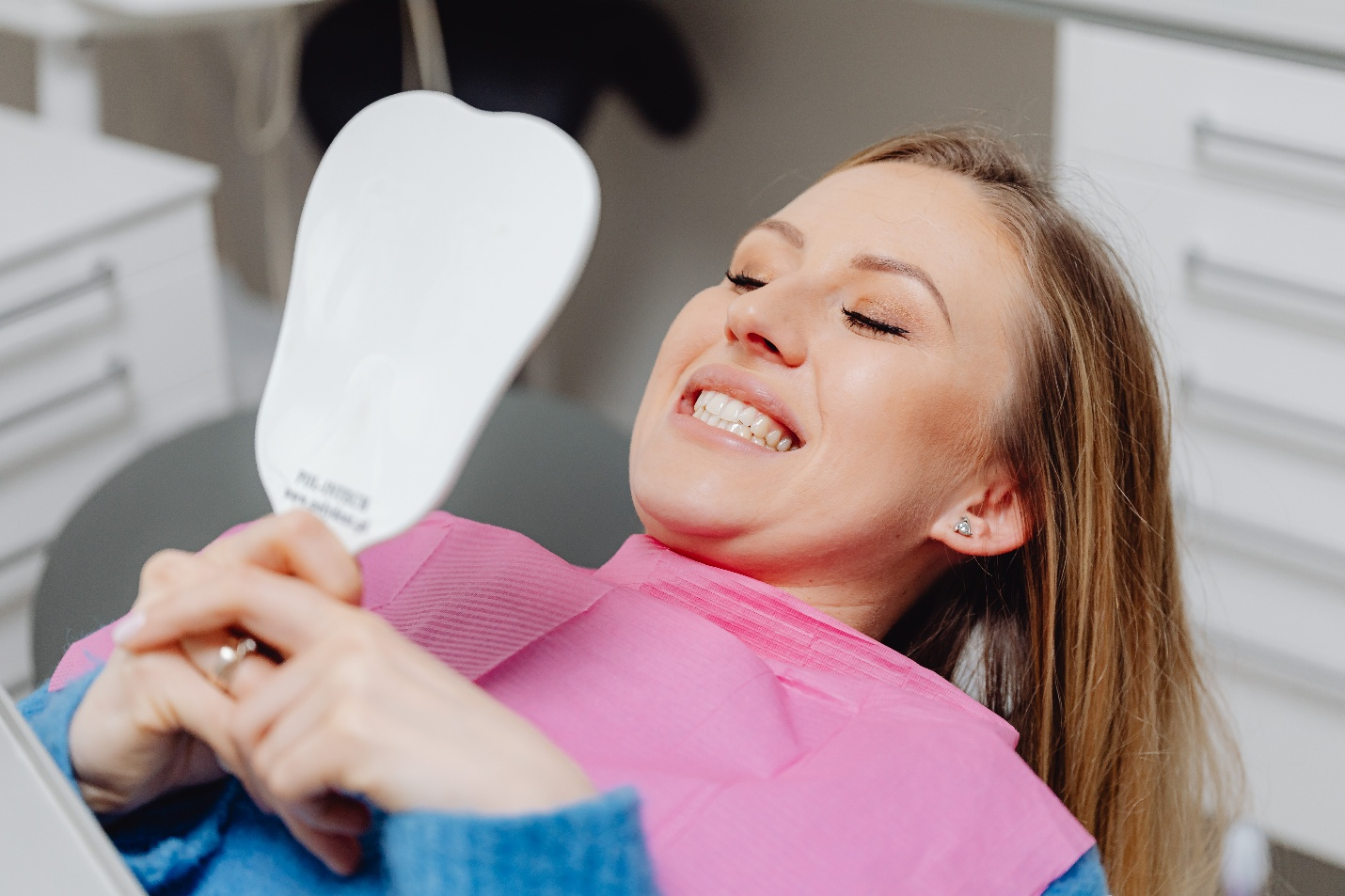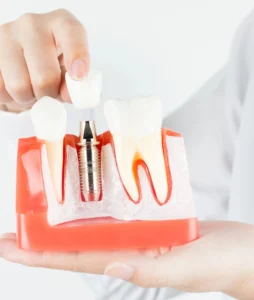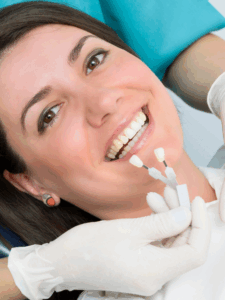There are many reasons why you might need a professional teeth whitening procedure. As we age, our teeth get stained and lose their shine, making them look dull. This happens because the food we consume affects the color of our teeth. You might also have plaque deposits that give your teeth a yellow hue, in which case your dentist will also do a cleaning before whitening your teeth.
Many people now opt for regular teeth whitening to maintain their confidence and keep their smiles fresh and youthful.
That’s why getting a teeth whitening procedure can be quite desirable. Here’s a quick rundown of what you can expect at a professional teeth whitening procedure.
1. Examining The Oral Cavity
The process begins with your dentist running a swift examination of your mouth. This includes deciding on the color you’d like to achieve with the teeth whitening process. At this stage, your dentist will recommend the ideal shade for you, as getting your teeth whitened far too much can be counterproductive to maintaining good oral health.
Once the shade has been decided for your teeth, your dentist will prepare the whitening agent according to the desired concentration. If you require sedation to be relaxed enough for the whitening procedure, your dentist will administer the sedative at this stage.
2. Removing Deposits
Before the whitening agent is applied, it’s important to remove any obstructions on the teeth that may prevent you from getting the shade you want. Your dentist will then proceed to scale and polish your teeth to rid them of plaque and tartar deposits.
If you have extensive deposits, your dentist will spend time cleaning them all up before moving on to the next stage. And to keep them at bay, your dentist will recommend that you brush and floss regularly, use mouthwash, and keep up with your follow-up dental appointments.
3. Preparing The Oral Cavity
Now that your teeth are polished and deposit-free, your dentist will begin preparing your mouth for the Teeth Whitening Calabasas solution. To begin, your dentist will add retractors to keep your cheeks and tongue from coming into contact with the whitening agent.
They might also use gauze pads or rubber barriers to keep your mouth dry during the procedure. That’s because saliva reduces the efficiency of the whitening agent, so the mouth must stay dry for the procedure to be effective. So, if your tongue feels unusually dry at this stage, don’t worry; it’s completely normal.
4. Administering The Whitening Agent
At this stage, your mouth should be dry with any exposed tissue covered with dams or gauze. For gums, your dentist might choose a gel to keep them from coming into contact with the whitening agent. The prepared whitening agent is then carefully applied to the teeth. Your dentist might give you a mouthguard to wear for the agent to stay on your teeth.
The teeth-whitening agent is usually hydrogen peroxide or carbamide peroxide, which might require a laser to be activated. This process is called curing, and it’s a safe, painless procedure. Once activated, the oxygen within the whitening agent reacts with the stains on your enamel, breaking them down to get a lighter color.
The whitening solution is typically left on the teeth for 30 to 60 minutes, depending on its type and concentration. You might need a couple of visits to achieve the desired shade, so be sure not to miss any appointments with your dentist otherwise, the results won’t be as accurate as you’d like them to be.
5. Applying Fluoride Treatment
Once the appropriate time has passed since the whitening agent has been applied and cured, the dentist will remove the agent and ask you to rinse your mouth several times to make sure there’s no residue of the whitening agent.
You might experience teeth or gum sensitivity for a while after this is done, both of which are normal. To protect your teeth against further damage, your dentist might administer a fluoride treatment at this stage. Dentists at West Hills Smiles consider fluoride treatment an effective way of cavity prevention, so you’ll benefit from this in the long run.
For the fluoride treatment, your dentist might ask about your preference in terms of flavor. They will then apply a paste or gel onto a mouthpiece that can be placed onto your teeth. Alternatively, there is also an option to apply fluoride varnish, so make sure to speak with your dentist beforehand if that’ll work for you.
Fluoride cannot be left on the teeth for long as it might deteriorate the enamel, so your dentist should remove it after 60 seconds. If you got the varnish, you can easily start eating and drinking soon after as saliva will make the varnish harden on your teeth, forming a strong protective barrier against cavities.
Nervous about your upcoming teeth whitening procedure? Give our sedation dentistry services a quick read to know if they might be of help to you. Our dentists in West Hills, Woodland Hills, and Calabasas are well-experienced with administering sedatives, so be sure to discuss your concerns with them before your professional teeth whitening procedure.
For all clients new and old, we are offering a $99 patient special promotion on Teeth Whitening Calabasas, so avail your discount by booking an appointment.
We also offer a range of general dentistry services as well, such as root canal therapy, TMJ and bruxism treatment, and dental exams, among others. For more information, you can call (818) 346-4303 or leave us a message.







